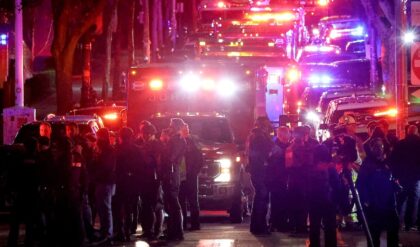Clint Eastwood might be the king of Westerns, but that doesn’t mean his movies are without their problems, especially when rewatching them today.
Clint Eastwood defined the Western movie genre for many years, but when rewatching his classic films through the lens of modern-day conventions and expectations, some obvious issues come to light. This reality isn’t to say that his films should be panned and never watched again, but viewing them with a critical eye can open up the audience’s world and inform modern iterations of the genre. Revisiting Eastwood’s most iconic movies with an awareness of the problems doesn’t ruin the movies but makes them richer by having a contextual understanding of the Western genre.
After working in the Western arena for so long, Eastwood became intimately aware of the tropes and pitfalls of the beloved but sometimes problematic movies.
Clint Eastwood is a great actor and director, and his influence is felt across the Western genre despite it having been many years since he took on a project in the field. After working in the Western arena for so long, Eastwood became intimately aware of the tropes and pitfalls of the beloved but sometimes problematic movies. This experience allowed him to subvert the traditional formulas later in his career and reflect on what Westerns say about the United States and filmmaking as a whole.
10Eastwood’s Characters Have Questionable Morality
High Plains Drifter (1973), Unforgiven (1992)
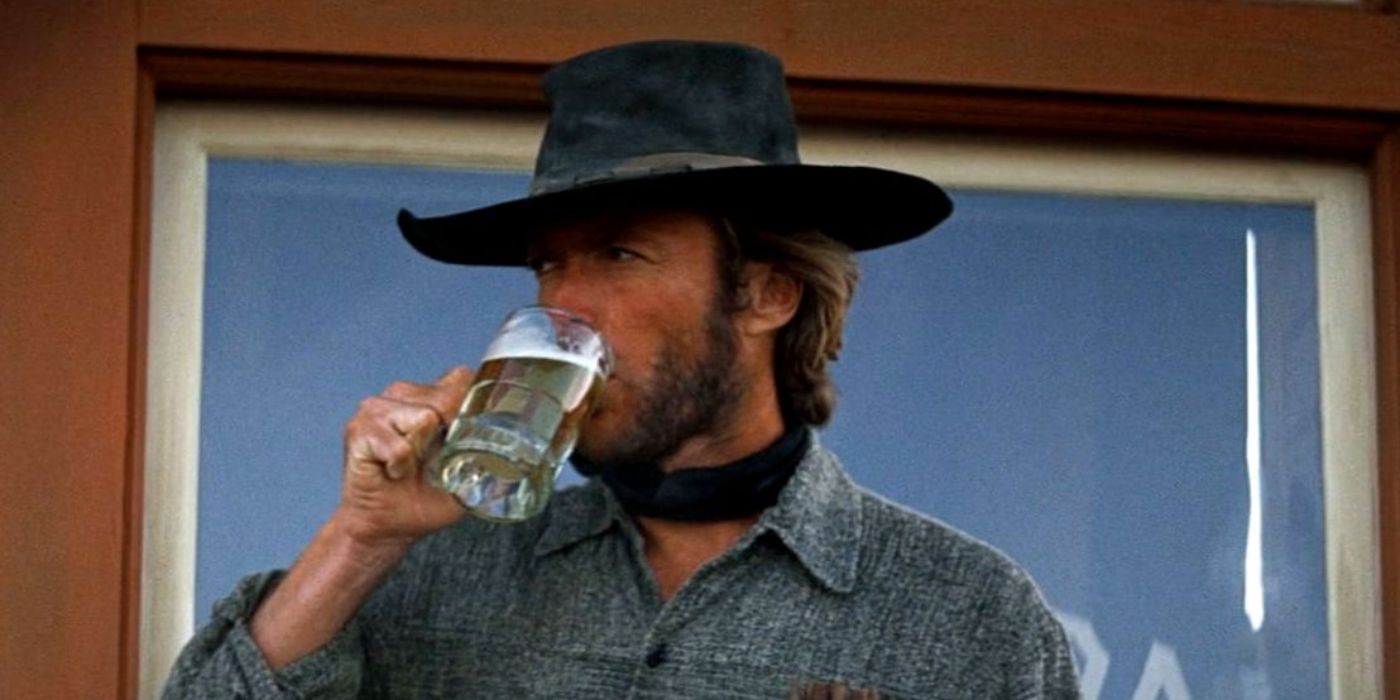
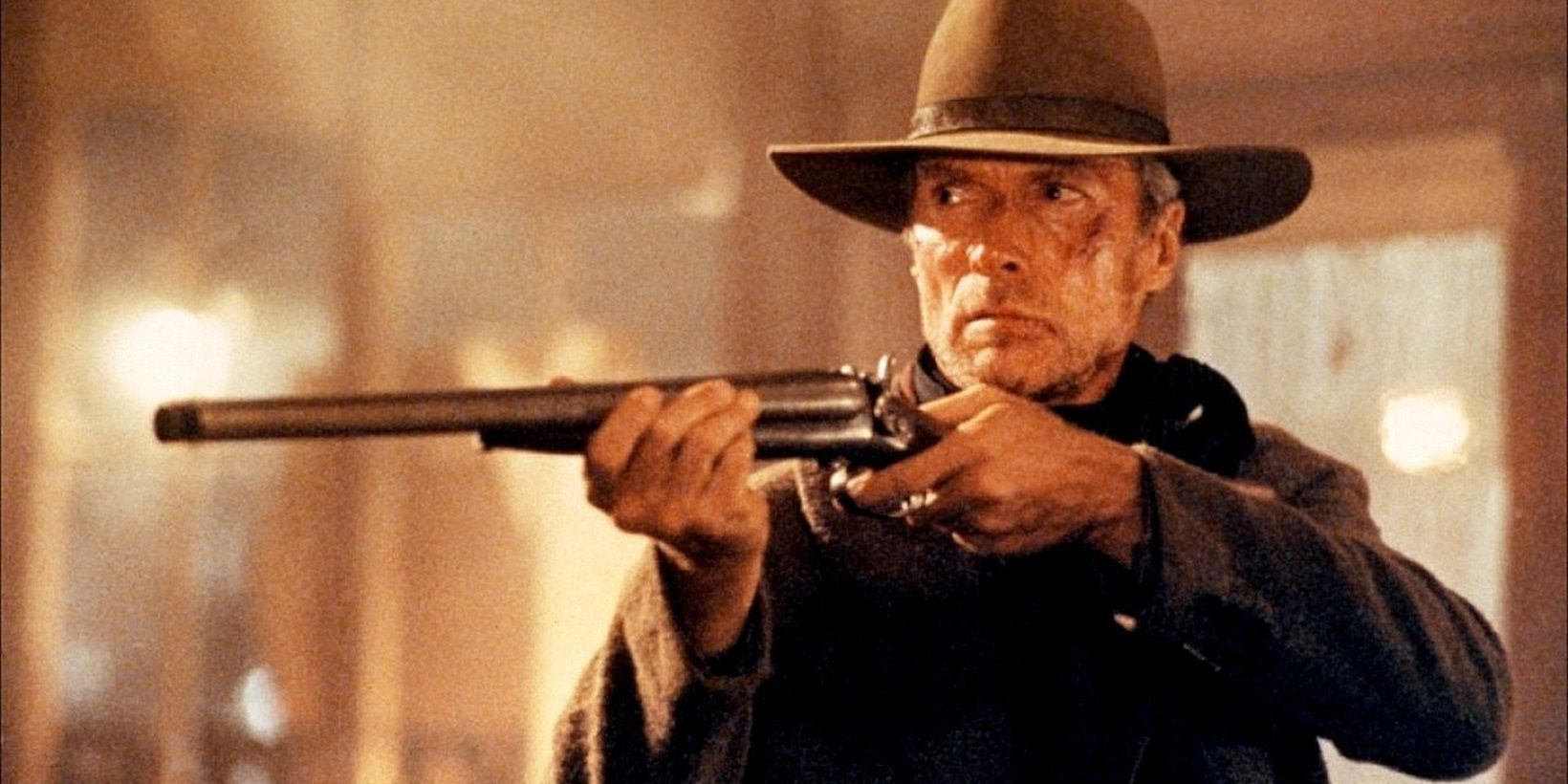
The Western is notorious for blurring the lines between hero and villain because it characterizes its heroes as morally ambiguous.
No hero is compelling if they don’t face a moral dilemma, no matter what movie genre they’re in. The Western is notorious for blurring the lines between hero and villain because it characterizes its heroes as morally ambiguous. This characterization frequently happens in Eastwood’s movies, and sometimes, his roles push the boundary between an anti-hero and a complete villain. In High Plains Drifter, his character, The Stranger, acts brutally and violently toward everyone around him, and the higher moral code that so often governs Old West cowboys is seemingly nonexistent.
Unforgiven attempts to unpack this morality by having Eastwood’s Will Munny pit against an even worse villain, Little Bill Daggett (Gene Hackman). However, it’s clear that Munny was once a gun for hire and killed many innocent people without qualms, even if he’s a semi-reformed man in the present. This duality begs the question of whether these dark men with dangerous pasts can be trusted and elevated to the position of hero and calls for nuance in interpreting them as aspirational.
9Historical Inaccuracies
The Good, The Bad, And The Ugly (1966), A Fistful Of Dollars (1964)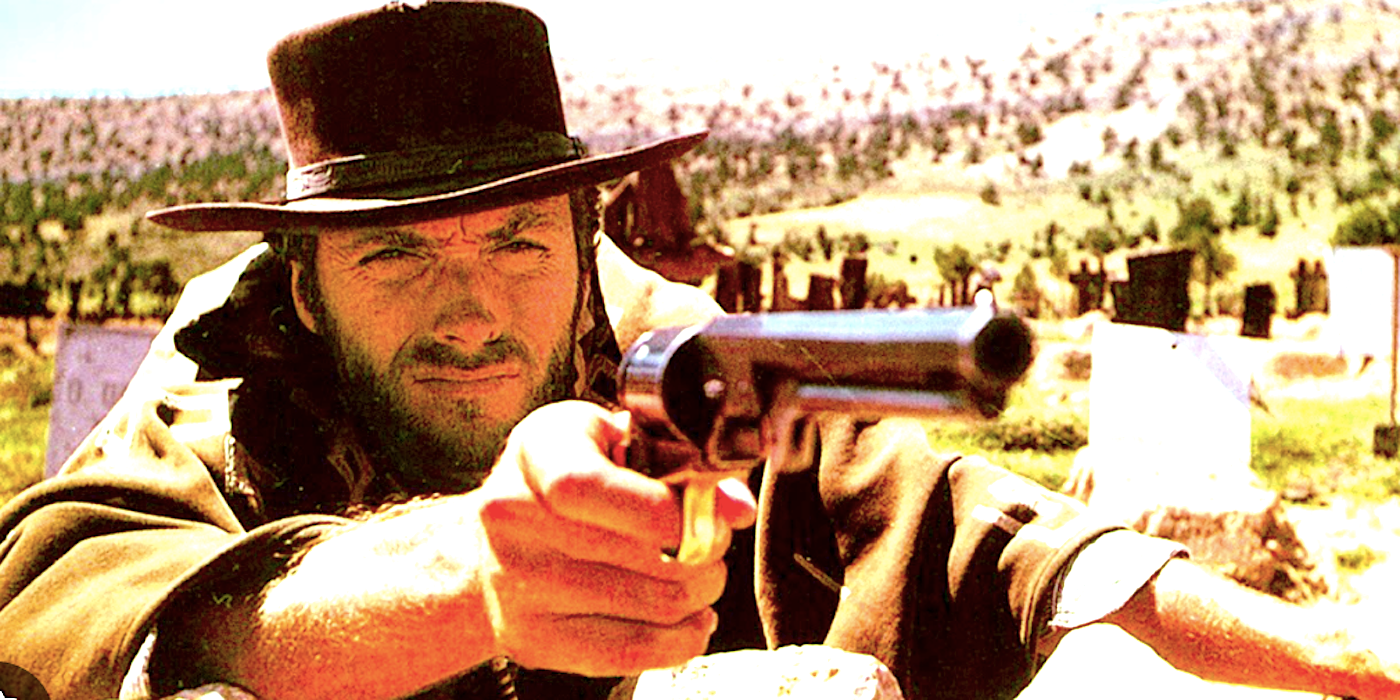
Eastwood got his start in Spaghetti Westerns, a niche that began as low-budget B-movies made by Italian directors and filmed in Italy. At the time, this raised questions as to how something as American as a Western could be shot and created outside of the U.S. However, they are some of the best-remembered early Westerns of the time and are celebrated for establishing key plots and tropes that are seen as synonymous with the genre. However, not all of them necessarily hold up when it comes to accurately portraying the historical context and truth of the period.
These inaccuracies come into play in The Good, The Bad, and The Ugly, as well as the Dollars Trilogy overall. Eastwood’s iconic Western movie was assessed by a Civil War expert, and anachronisms from the type of guns to the clothes were rampant. Outside these details, however, there are larger issues with not being period-accurate. Westerns across the board have been critiqued for not portraying how many Black cowboys and homesteaders were living in the West. Additionally, brutality and lawlessness have been significantly over-emphasized by Westerns throughout history.
8Violence Is Glamorized
High Plains Drifter (1973), The Outlaw Josey Wales (1976)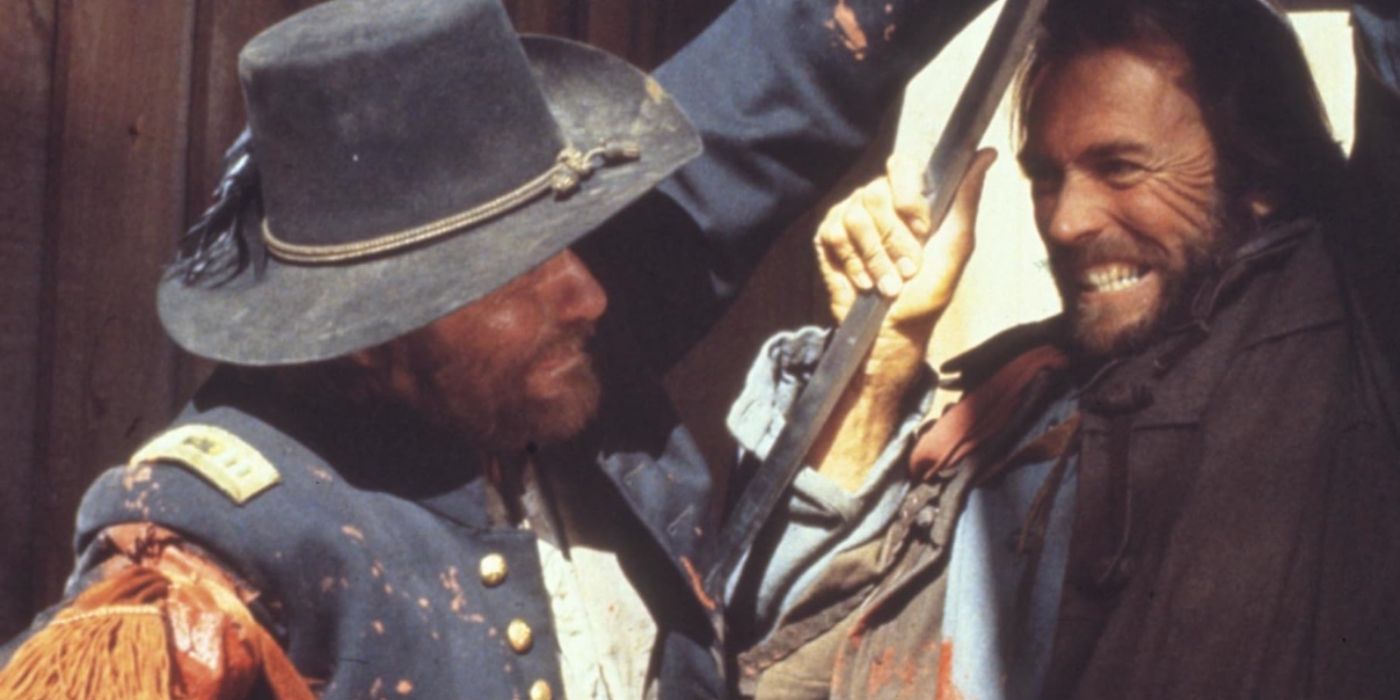
There’s no question that fight scenes, shootouts, and epic showdowns are essential parts of Westerns, and violence in films isn’t necessarily something that must be critiqued. Violence can play a key role in representing larger narrative themes, furthering character development, and exposing audiences to worlds they might never have been aware of. However, gratuitous violence can be jarring and unnecessary in the context of how it’s portrayed. This kind of brutality can communicate to the audience that violence is always an option if the ends justify the means.
Since the protagonist doesn’t have to be a hero and frequently isn’t, that opens up the possibility for further violence, which is seen throughout Eastwood’s work.
How a Western, particularly ones as high-profile as Eastwood’s, portrays violence ties into the stance their stories take on morality. Since the protagonist doesn’t have to be a hero and frequently isn’t, that opens up the possibility for further violence, which is seen throughout Eastwood’s work. In The Outlaw Josey Wales, Josey’s (Eastwood) family is killed as part of his origin story. While this does make for a motivating piece of the story, it’s used to allow Josey to enact terrible violence on the perpetrators, and the audience ends up rooting for this because the story frames it as justice.
7Celebration Of Individualism
Pale Rider (1985), Hang ‘Em High (1968)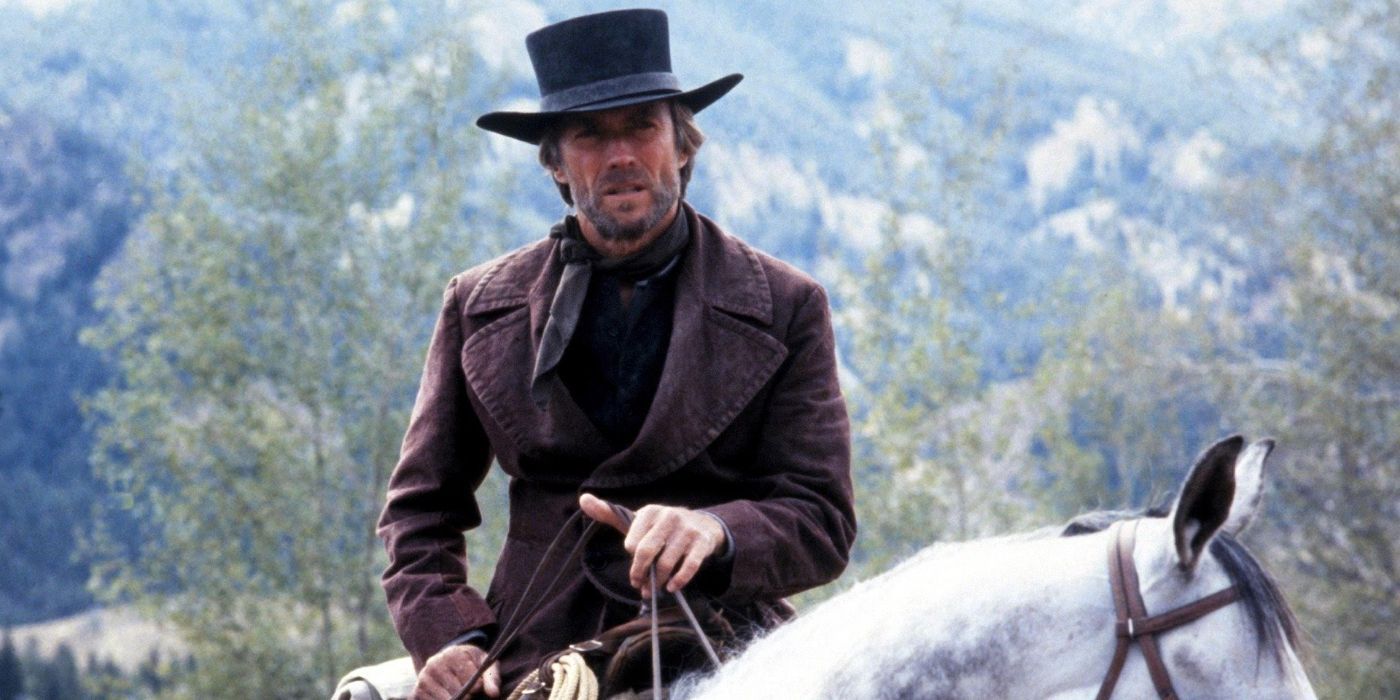
Many of the best Western movie protagonists are defined by specific qualities, and almost all of them relate in some way to individualism. Rugged individualism is a defining aspect of Western movies, and their stories celebrate this ideology to the point of worship. This myth of heroic loners is common in the United States, as American culture decenters the community and collective in favor of singular achievement and sustainability. Westerns represent these desires and dreams by creating characters who don’t play well with others and don’t follow society’s rules.
Eastwood’s work rarely challenges these ideas and often elevates these solo characters to the point of mythic status. Even if his characters make some connections or build familial bonds, they are almost always shattered by the end of the movie. His family is killed, which sets him on a path of revenge, or as soon as his work is done within a frontier town, he moves on, never to be heard from again. While this might be a romantic perspective, it’s rarely an advisable outlook, as people need each other to survive.
6Women Have Limited And Stereotypical Roles
Unforgiven (1992), Two Mules For Sister Sara (1970)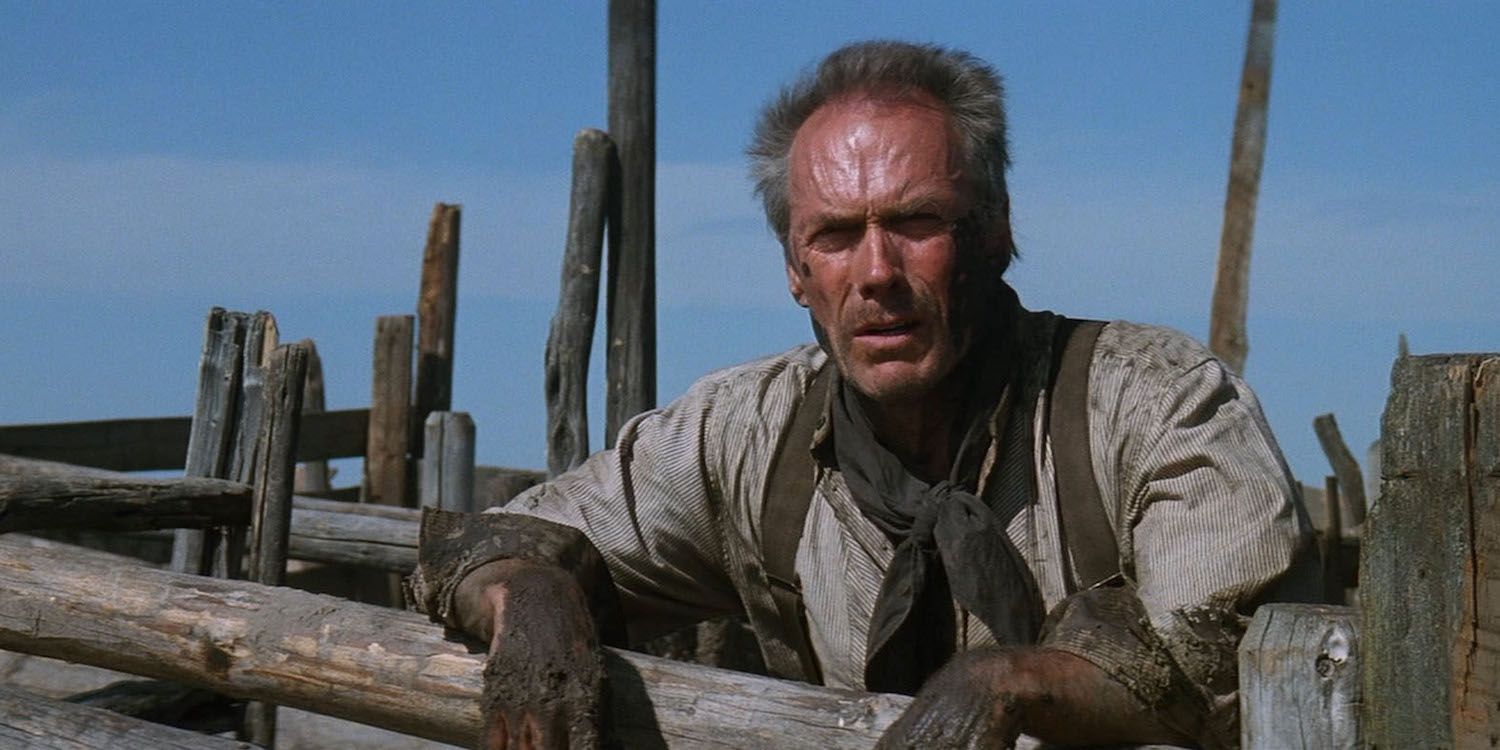
Finding the best movies with female Western heroes can be a challenge. While they do exist, they were the exception, not the rule, for many years. There are interesting Eastwood movies that explore women’s roles and circumstances more centrally, like the 1971 film The Beguiled. Sofia Coppola later remade the movie in 2017, but Eastwood’s role in the original attempted to unpack how men abused positions of power during times of war and unrest. However, among his other films, women are relegated to only a few archetypal roles.
Eastwood’s love interests might have some fighting skills and a spirited personality, but their characters only served as a means to develop his character. Additionally, these women were played only by white women.
These archetypes included the love interest, the sex worker, or the victim, almost invariably. Eastwood’s love interests might have some fighting skills and a spirited personality, but their characters only served as a means to develop his character. Additionally, these women were played only by white women. It was rare enough to see people of color in the cast at all, but women of color were vastly underrepresented. This failure is something that Hollywood needs to actively improve on today but is even more apparent in older Western films.
5Whitewashing Of The West
Paint Your Wagon (1969), The First Traveling Saleslady (1956)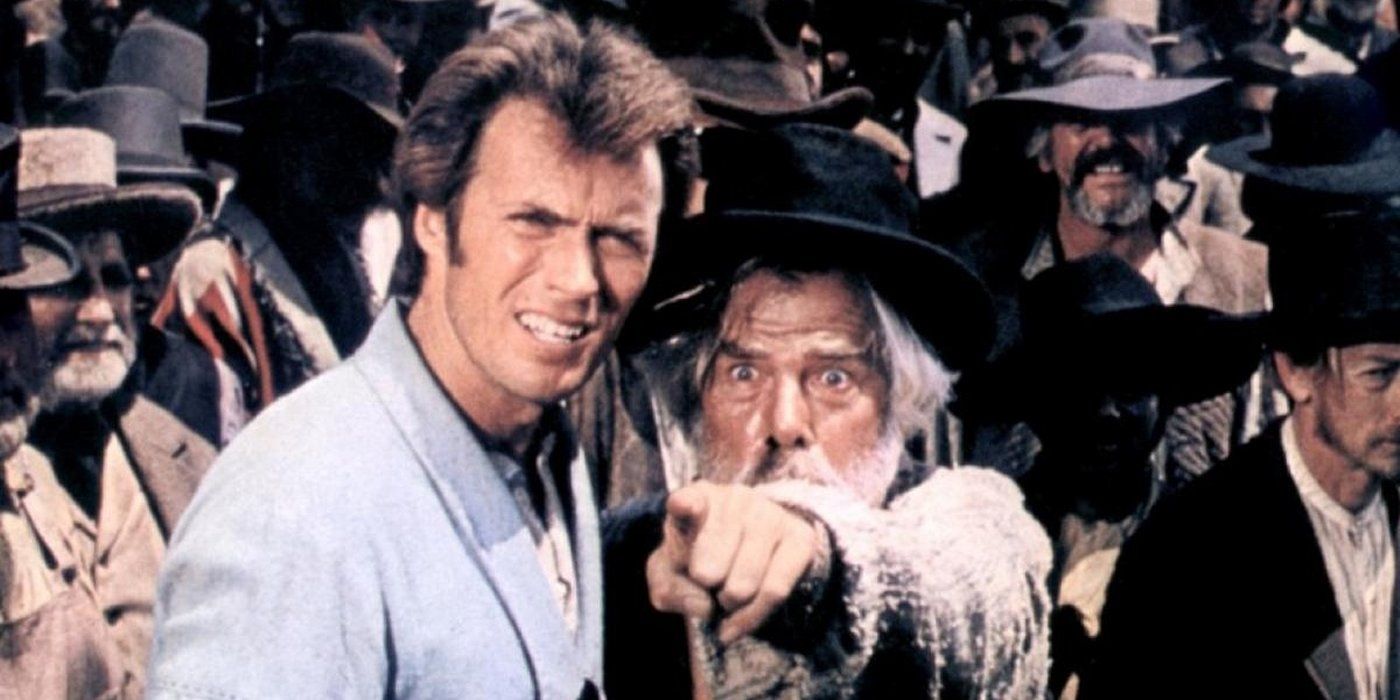
Whitewashing and the centering of white stories is an essential problem with almost every movie of the Western genre during its heyday and peak in the 1940s-1960s. This failure can be attributed to the fact that it was not only Western movies that overlooked and silenced the voices of people of color but Hollywood as a whole. Before white colonial settlers occupied the North American continent, it was already a diverse and well-populated area, but Western films typically framed it as an untamed and empty land that needed to be conquered and settled.
Although Paint Your Wagon and The First Traveling Saleslady are vastly different movies within Eastwood’s Western oeuvre, they both illustrate similar problems with his films. They involve Eastwood and his compatriots going West to stake out an imagined claim in territory that wasn’t theirs to occupy. Additionally, they center the idea that society was nonexistent in the West until white settlers arrived, and it was their duty to build communities from scratch. This outlook is strongly challenged today and has been reflected upon in certain modern Westerns.
4Nostalgia For Vigilante Justice
High Plains Drifter (1973), Pale Rider (1985)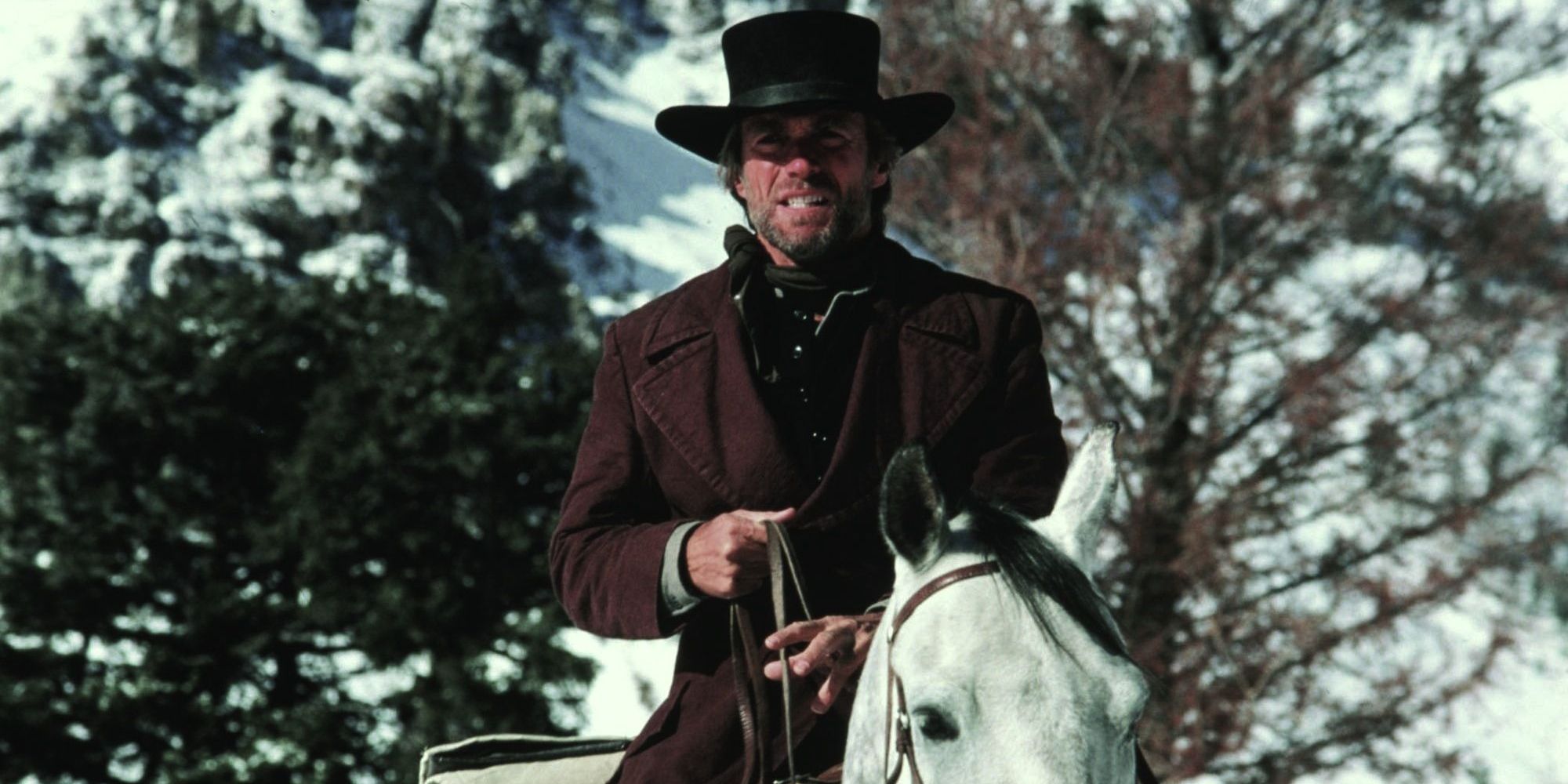
This characterization of governmental law positions the vigilante as someone who must come and help him, playing the role of the masculine enforcer.
The law is something that’s played fast and loose in Western movies because the central idea is that the settlements were too far away from cities and society to be ruled by the government. If there is a lawman in town, he’s corrupt, acts as if he owns the town, and often is the villain who needs to be stopped by the righteous vigilante. In the rare cases that the sheriff is honorable and plays fair, he is frequently seen as soft or incapable of properly defending the frontier township.
This characterization of governmental law positions the vigilante as someone who must come and help him, playing the role of the masculine enforcer. Critiquing the systems of governmental law is not a new concept for cinema, and challenging existing power structures is a vital part of what art can do. However, within Westerns, the vigilante rarely takes a political stance, and his actions elevate violence and suggest that a personal moral code gives someone the right to deal out justice with impunity.
3Violence Against Women
Unforgiven (1992), High Plains Drifter (1973)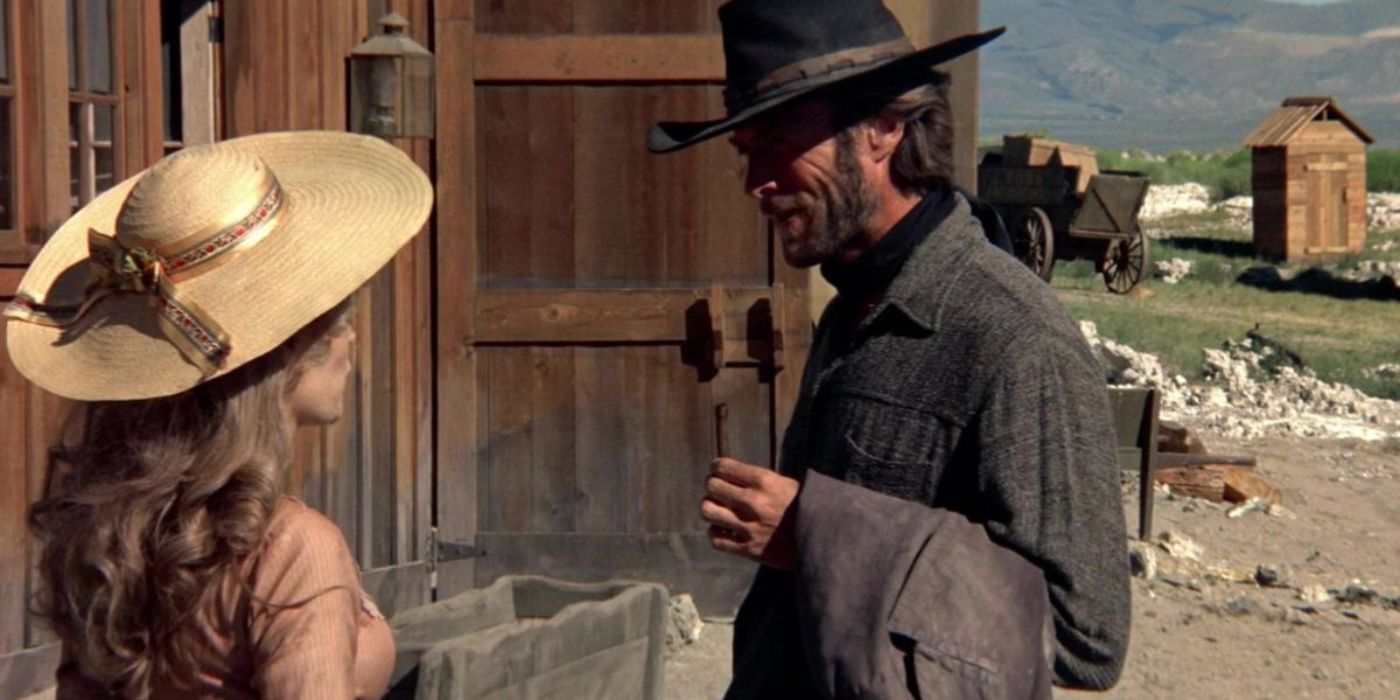
The action in Unforgiven begins because a group of sex workers want revenge on the men who disfigured one of them and then burned down their place of business. In High Plains Drifter, it’s Eastwood’s The Stranger who consistently assaults and berates the women around him. Assault is a consistent and brutal theme throughout Western movies, and it often feels that the threat of harm is the defining characteristic of every female character in Eastwood’s Westerns.
While this was a reality of the time, the opportunity was rarely presented to women to fight back and have agency. This issue is apparent when considering that women are consistently victimized and used as a plot device and motivating factor for Eastwood’s male heroes to get revenge and excuse their actions. Pretending that the world wasn’t prejudiced toward women would have been a disservice as well, but the way that women are not only framed as without options but also as weak is what becomes most problematic in Eastwood’s films.
2Inaccurate And Harmful Depictions Of Indigenous Communities
Ambush At Cimarron Pass (1958), The Outlaw Josey Wales (1976)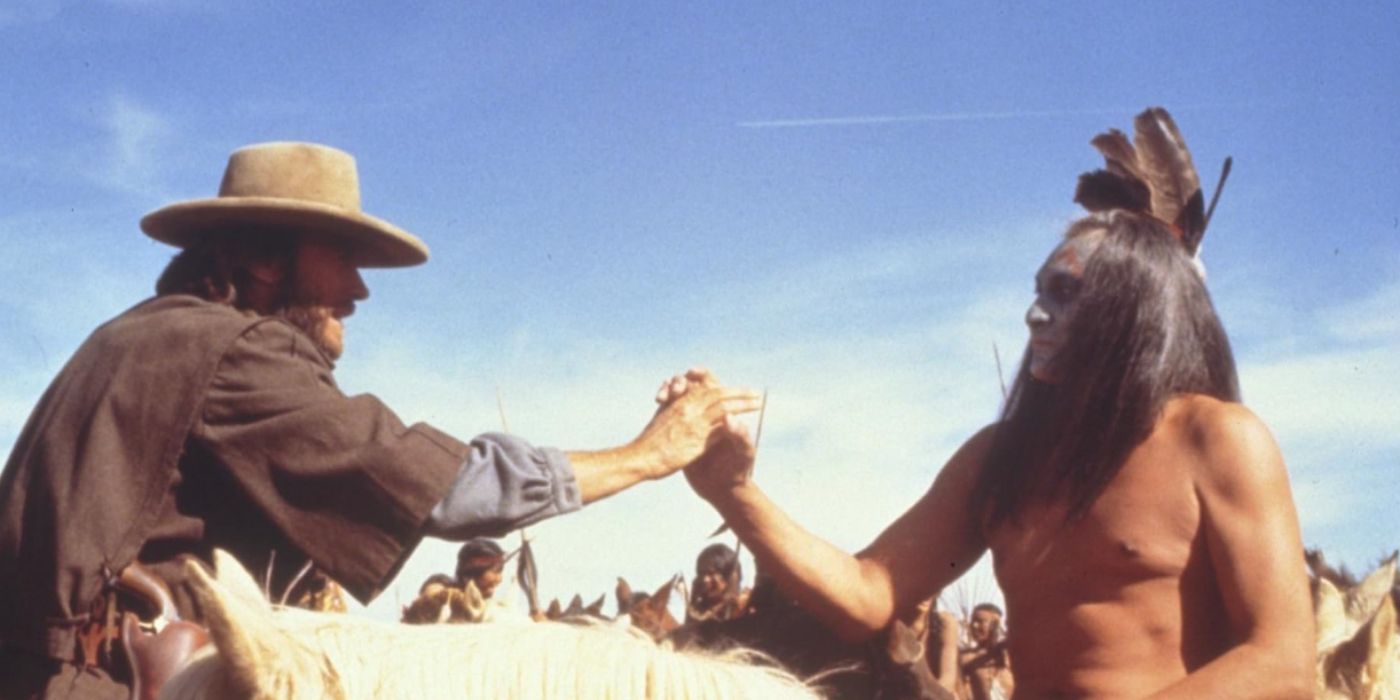
In Western movies, Indigenous American peoples are depicted as either the antagonists, the sidekicks, or as mystical beings who help the white people in their journeys. All of these portrayals are wrong and offensive, completely overlooking the violence committed by white settlers and the U.S. government. For many years, Indigenous peoples did not have a voice in how they were portrayed onscreen, and the white perspective was all that was available in Hollywood. While this has begun to slowly change in recent years, it must not be forgotten about, especially with the Western genre.
While The Outlaw Josey Wales is less combative with Indigenous communities, the character representations are offensive and perpetuate stereotypes.
In Ambush at Cimarron Pass, one of Eastwood’s earliest Westerns revolves solely around a conflict with the Apache, as Eastwood’s character, Sergeant Matt Blake, and his group are trying to cross their territory. All the pitfalls of representing Indigenous people are present in Ambush at Cimarron Pass, as the Apache peoples are characterized as dangerous and combative. It’s unacknowledged that it’s their land Blake is passing through without their permission. While The Outlaw Josey Wales is less combative with Indigenous communities, the character representations are offensive and perpetuate stereotypes.
1Celebration Of The Hyper-Masculine White Hero
Joe Kidd (1972), The Dollars Trilogy (1964 – 1966)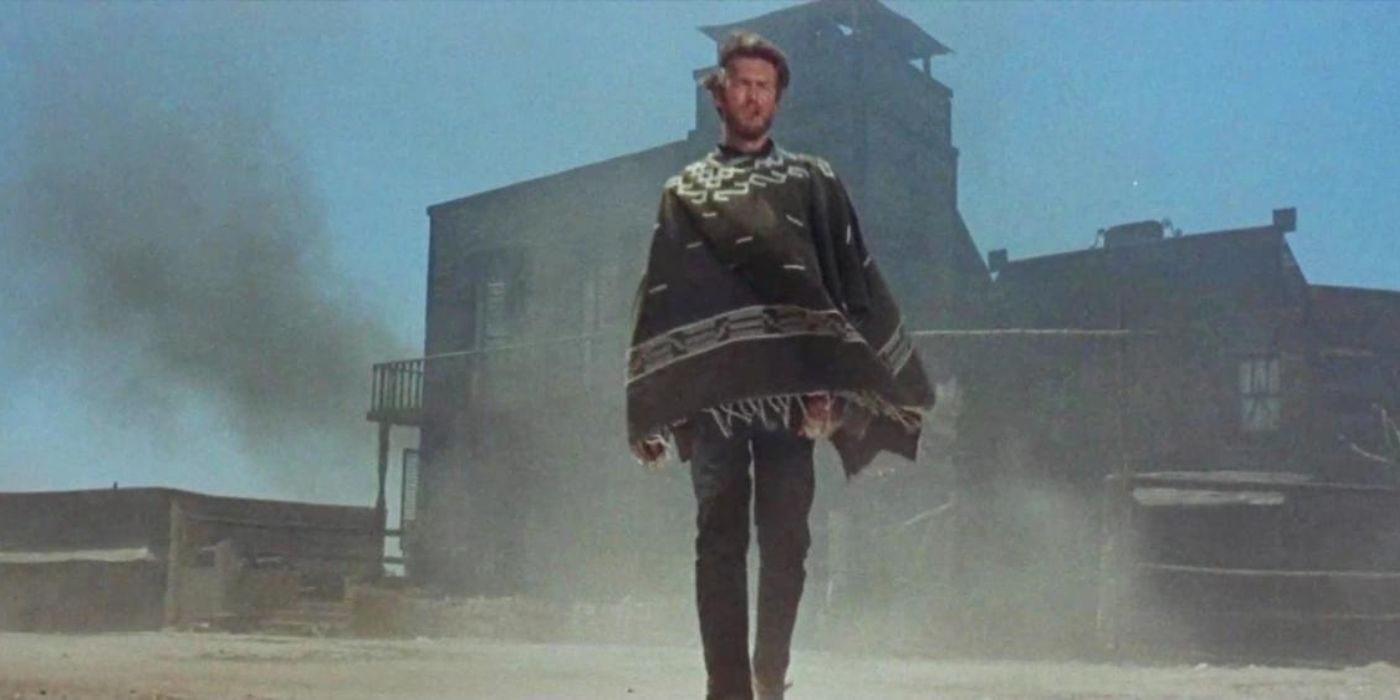
The Dollars Trilogy is notorious for its success but also for frequently portraying Mexican characters as villains and irredeemable. Too often, Eastwood’s white characters are considered justified in their violent actions despite placing people of color as the antagonists and celebrating an outdated form of hyper-masculinity. The individualism that’s so celebrated by the films also ties into both the racism and the toxic aspects of masculinity, as it’s white masculinity the movies center around and laud as the peak of personhood.
Eastwood’s films are not without nuance, but by today’s standards, they barely scratch the surface of the problems with a violent white male protagonist being praised for his inexcusable actions. Movies can have white male protagonists, and they should be nuanced characters that aren’t all good or all bad, as that would be one-dimensional. However, when capturing the complexities of the white male hero role in film history and humanity’s history, it’s important to be aware of the power these roles hold.
